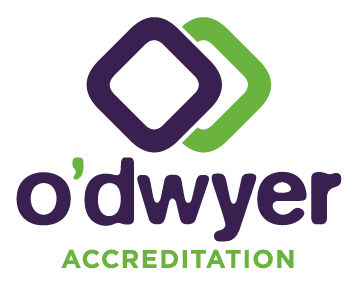So you’ve decided you want to get NATA Medical Testing accreditation for your laboratory?
If you don’t need Medicare approval, refer to the accreditation processes for ISO 17025. If you do need Medicare approval, the process is a bit different and follows the following sequence for gaining ISO 15189 accreditation.
Step 1: Research
Decide which tests (and methods) your laboratory will need to offer (“scope of accreditation”). Research this with the clinicians who will be using your service. What patient groups are they seeing? How will they be using the test results?
You can find copies of other labs’ scopes of accreditation for reference in the NATA Directory.
Now contact NATA and tell them that you want to get accreditation. They will guide you to find the accreditation requirements you need, and they can give you a cost estimate.
Once you have copies of all of the accreditation documents, you are in for some serious study. Review the documents, consider how your laboratory meets the criteria and identify areas that need attention. A good approach for this is a gap analysis.
Step 2: Develop your technical, clinical and management systems
Develop any processes or procedures missing from your system, focusing on technical and training issues that need work. Ensure you have all of the necessary equipment and are enrolled in all relevant external quality assurance programs.
Step 3: Arrange your NATA advisory
Contact NATA to ask them to come and do an Advisory Visit. They will ask you to fill in a form with questions related to the scope of testing, facilities, staff, equipment and QAPs. At the advisory, NATA will give you feedback on your quality system and any apparent gaps in technical operations. It is also a good opportunity for you to ask questions about the accreditation criteria and how to apply them in your laboratory.
If all is well, after this visit, you will pay your application fee, and NATA will prepare the report for Medicare so that you can commence claiming Medicare benefits.
Step 4: Schedule a NATA assessment
About 4-5 months after the advisory visit, NATA will arrange an assessment. This assessment will be far more technical in focus than the advisory visit, as at least two volunteer assessors from similar laboratories will review the technical aspects of your laboratory. The NATA lead auditor will review the quality system in detail.
Step 5: ISO 15189 assessment follow-up
NATA will leave you with a detailed assessment report, including non-conformances.
These ALL need to be addressed before NATA grants you accreditation. Sometimes this stage can become drawn out if there are misunderstandings or disagreements. However, as you are required to have Medicare approval, you will be aiming to address any non-conformances as quickly and effectively as possible.
Step 6: Recieve your ISO 15189 accreditation
Once all of the issues raised at the assessment have been addressed, NATA can send a further report to Medicare to ensure that the Medicare approval continues.
NATA will also send you a certificate of ISO 15189 accreditation that you can proudly display in the foyer. You can start issuing NATA-endorsed test reports and using the NATA/RCPA logo in your marketing materials from the date of accreditation.
Maintaining your ISO 15189 accreditation
No, you don’t get to sit back and relax after all that!
NATA regularly returns to re-assess your laboratory and quality system. NATA calls this the ‘surveillance program’. A stand-alone medical laboratory’s usual schedule is a technical assessment every two years, covering about half of the accreditation scope.
For multi-site lab networks, NATA will work out a schedule with you. Read more about this in the Procedures for Accreditation, page 20.


